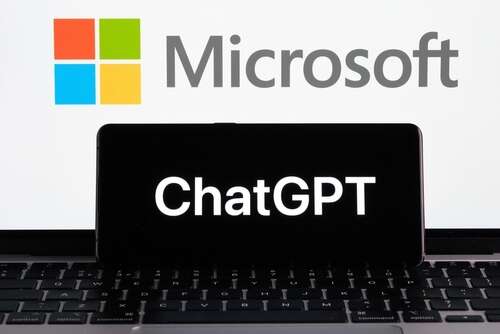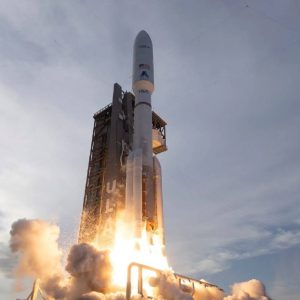
Microsoft is extending its partnership with OpenAI, the company behind the GPT-3 large language artificial intelligence model (LLM) and the ChatGPT chatbot. The deal, which will see MSFT invest a reported $10bn, will see the tech giant develop supercomputers which can be used to train OpenAI’s models, and will enable more of the company’s products to be available across Microsoft’s business and consumer portfolios. Microsoft Azure will remain OpenAI’s exclusive cloud provider as part of the agreement.

Reports of Microsoft increasing its stake in OpenAI have been circulating for several weeks. The company has not confirmed the size of its investment, announced today, only saying that it is a “multi-billion dollar” cash injection, though several reports have put the figure at $10bn, citing sources familiar with the negotiations.
“We formed our partnership with OpenAI around a shared ambition to responsibly advance cutting-edge AI research and democratise AI as a new technology platform,” said Satya Nadella, Chairman and CEO, Microsoft. “In this next phase of our partnership, developers and organisations across industries will have access to the best AI infrastructure, models, and toolchain with Azure to build and run their applications.”
News of the massive investment in OpenAI comes days after Microsoft revealed it was making 10,000 staff redundant around the world.
Microsoft OpenAI partnership extends collaboration
Microsoft first invested $1bn in OpenAI three years ago. Since then the company has grown in prominence thanks largely to the power of its GPT-3 LLM model, which is capable of producing complex and accurate text.
OpenAI has built several tools which harness the power of its AI research, most notably ChatGPT, the conversational AI chatbot which has gone viral since it was launched before Christmas. It allows users to ask it simple questions, from which it can generate all sorts of prose. Many businesses are already looking at ways to incorporate it into their workflows, while fears have been raised that it could be used to write essays and generate malware for cybercriminals. ChatGPT is currently in what is termed “research preview”, but OpenAI is looking for ways to monetise the system with a professional user tier.
As well as ChatGPT, OpenAI runs DALL-E, an AI-powered image generator, and Codex, which can write snippets of code for developers. Last week it was announced many of the company’s tools would be available to Azure customers as part of the general release of the Azure OpenAI Service, and today’s announcement says “Microsoft will deploy OpenAI’s models across our consumer and enterprise products and introduce new categories of digital experiences built on OpenAI’s technology.”
It adds that: “Microsoft will increase our investments in the development and deployment of specialised supercomputing systems to accelerate OpenAI’s groundbreaking independent AI research. We will also continue to build out Azure’s leading AI infrastructure to help customers build and deploy their AI applications on a global scale.”
Investment boosts OpenAI as it looks to GPT-4
OpenAI will be able to expand its research as part of the partnership. The company already working on a successor to GPT-3, the imaginatively named GPT-4, with speculation suggesting it might have up to 100 trillion parameters, a figure which would make it exponentially more powerful than GPT-3 and its 175 billion parameters.
The company’s CEO Sam Altman called for calm last week, saying those hyping up GPT-4 are “begging to be disappointed”, and adding that the company would only release the model when it was deemed safe to do so. Previous incarnations of GPT have been delayed due to their ability to produce hate speech and fake news, though OpenAI says it has since introduced safeguards to prevent this.
Of today’s announcement, Altman said: “The past three years of our partnership have been great. Microsoft shares our values and we are excited to continue our independent research and work toward creating advanced AI that benefits everyone.”






